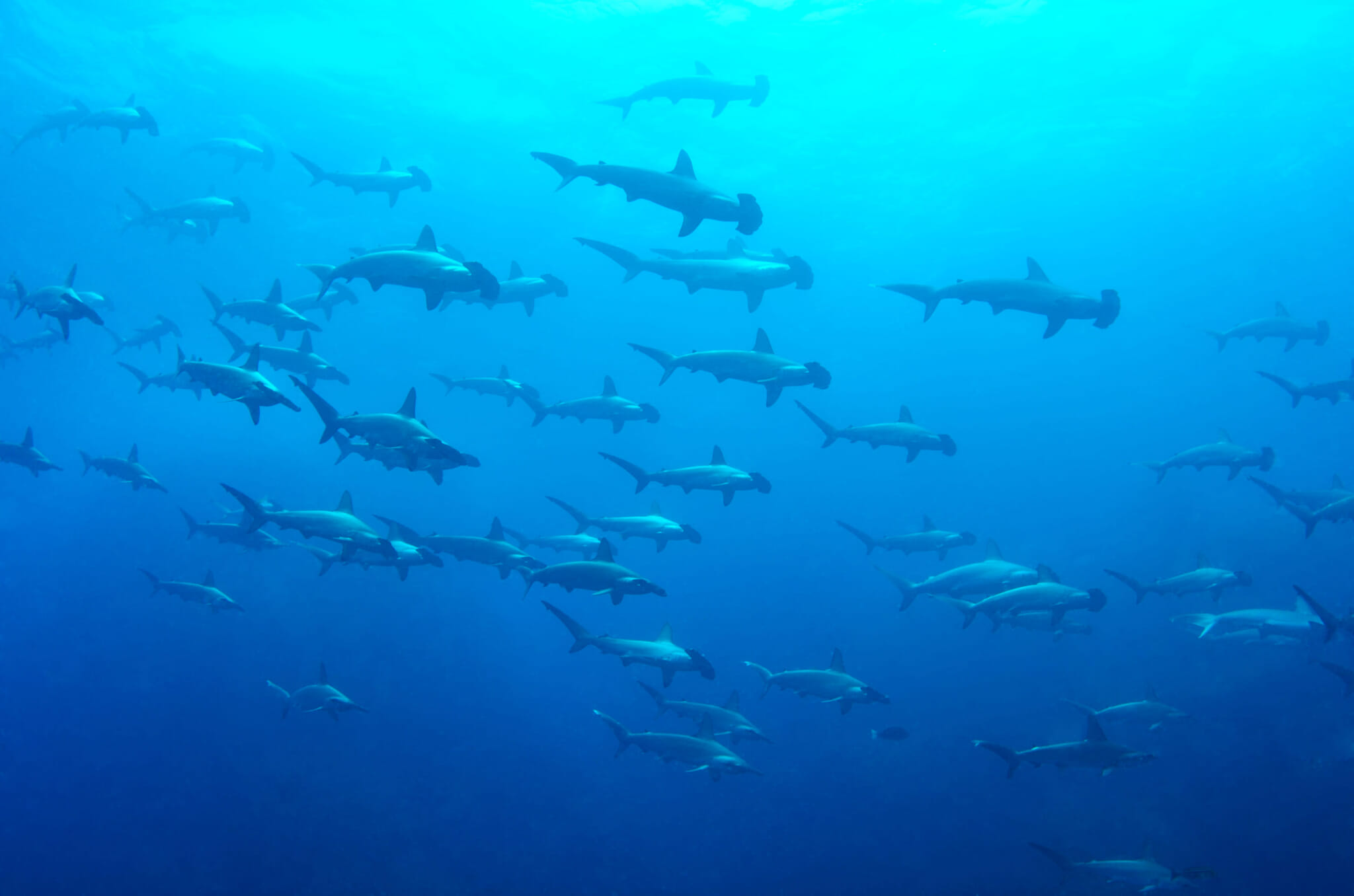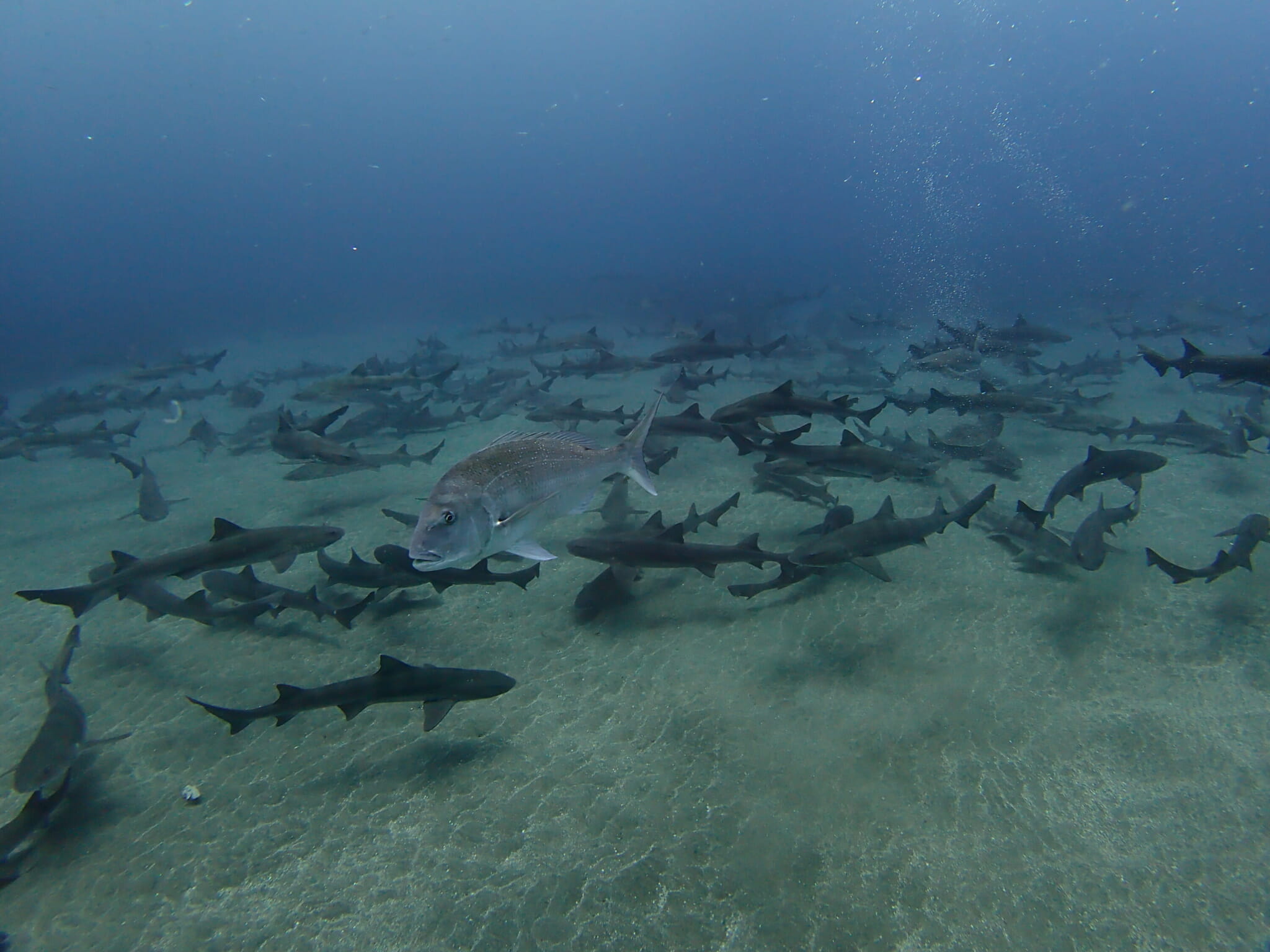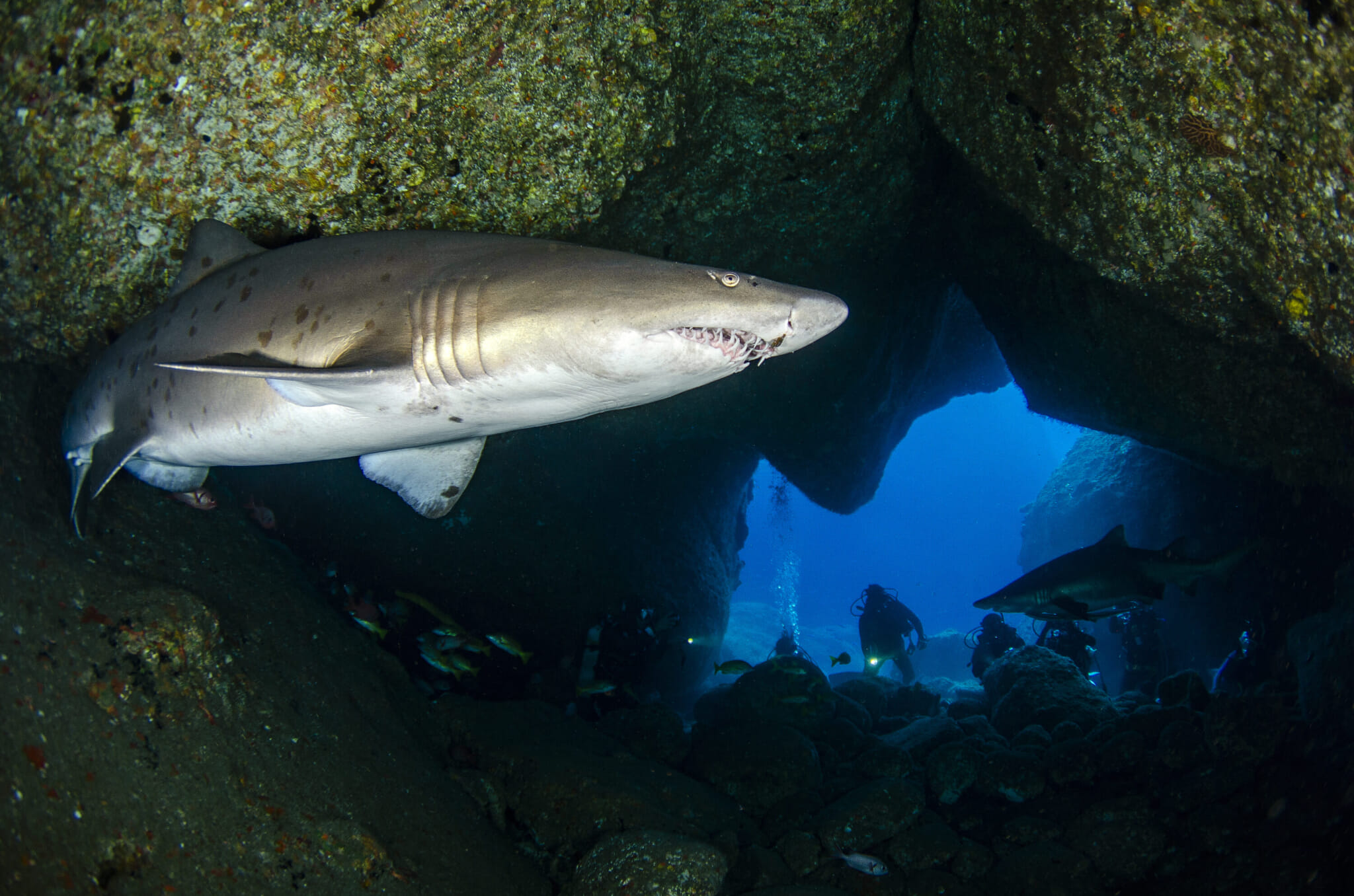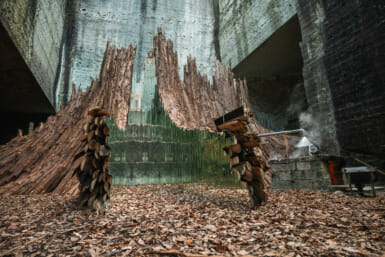If someone yells, “Shark!” at the beach, chaos is likely to ensue, the theme from Jaws playing figuratively in the background as people scream and scramble to shore. But for properly trained divers, these mysterious creatures of the deep are not objects of fear — instead, they’re beings that you can actually swim alongside, albeit with extreme caution and respect.
Shark diving is exactly what it sounds like: an underwater activity where participants encounter sharks in their natural environments. In cage-free shark diving, one swims with sharks in open water, without a protective cage — relying on skill, composure and understanding of shark behavior to stay safe. This is a high-risk activity, only suitable for incredibly experienced divers, and most services will require participants to have an open water certification and dozens of logged dives.
Being an island nation renowned for its reefs and clear ocean waters, Japan boasts several locations where marine adventurers can encounter a shiver of sharks — yes, that’s the proper term for a group of them — including hammerheads, banded houndsharks and sand tiger sharks.
Shark diving can be an exhilarating and awe-inspiring experience, bringing one into close proximity with powerful animals in their environment. Beyond having the proper training and qualifications, it’s essential to always go with an experienced guide or dive service familiar with the location and the species you’ll be swimming alongside. Here are a few places in Japan where you can do so:

The Hammerheads of Mikomoto and Yonaguni
The hammerhead shark, with its distinctive T-shaped head, can be spotted in a few locations around Japan — chief among them Mikomoto, a small, uninhabited island located off the coast of Shizuoka Prefecture. Ringed by several spectacular dive sites, it’s said to be one of the best places in the world to witness large aggregations of these majestic marine creatures.
The best time for shark-watching in the waters around Mikomoto is between the months of June and November. You can hope to encounter incredible sea life outside of hammerheads, too, including sandbar sharks and blacktip sharks, as well as the occasional dolphin, sunfish and sea turtle.
Yonaguni, a small island at the southern tip of Okinawa, is also great for hammerhead shark sightings. It has a number of popular dive spots, including the mysterious Yonaguni Monument, a massive underwater stone structure that’s thousands of years old. Some believe it to be human-made, earning it the nickname of “Japan’s Atlantis.”
The waters around Yonaguni are clear and deep, and many divers come here to witness the seasonal migrations of hammerheads. Hammerhead sharks in Yonaguni can be spotted on drift dives from November to May, with sometimes over 100 sharks in a single school.

The Banded Houndsharks of Ito
Ito, located at the tip of the Boso Peninsula in Chiba Prefecture, is only two hours away from Tokyo. It’s also a fascinating spot to go swimming alongside banded houndsharks. These smaller sharks are known for their striking banded markings, which give them their name. They’re relatively docile and often shy away from human interaction, making them a calm, and even endearing, creature to observe.
Originally, the banded houndsharks in the waters around Ito were an issue for local fishermen, as they’d get into nets and eat the captured fish. In 2009, a local dive service began an initiative to draw the sharks away from the fishermen’s hauls by feeding them elsewhere, which proved incredibly successful. Now, red stingrays and banded houndsharks gather year-round in impressive numbers — so much so that people refer to one dive spot as “shark city” or the “shark scramble,” after Shibuya’s famous crosswalk. It’s possible to see hundreds of sharks, circling around in a tornado-like formation, while diving here.
Though banded houndsharks are generally calm, they can bump into divers when feeding. The ability to replace your own mask, recover your regulator and dive in waters deeper than 20 meters with strong currents are required skills for diving in Ito.

The Sand Tiger Sharks of Ogasawara
An archipelago of over 30 subtropical islands, the Ogasawara Islands became a UNESCO World Heritage site in 2011. Among the incredible array of marine life that can be found here is the sand tiger shark, a species known for its pointed snout and mouth full of visible, sharp teeth. Despite its menacing appearance, however, the sand tiger shark is generally not considered a threat to humans.
The waters around Chichijima are one of the best-known dive spots in the islands, and sand tiger sharks can be found offshore. In Chichijima’s Futami Bay, these bottom-dwelling sharks occasionally roam shipwrecks, making for a breathtaking sight.
Getting to the Ogasawara Islands is admittedly a long trip — though technically in Tokyo Prefecture, they’re located 1,000 kilometers away from the city, and it takes around 24 hours to get there via ferry. For marine life enthusiasts, however, the long trek is worth it. In addition to being home to sand tiger sharks, the islands are popular sites for dolphin- and whale-watching, particularly in the spring, during humpback whale calving season.
More Info
The world of shark diving is thrilling and beautiful, and serves as a reminder of the importance of taking care of our oceans. To learn more about Japan’s wildlife conservation and endangered sharks, visit the Japan Wildlife Conservation Society’s website.









